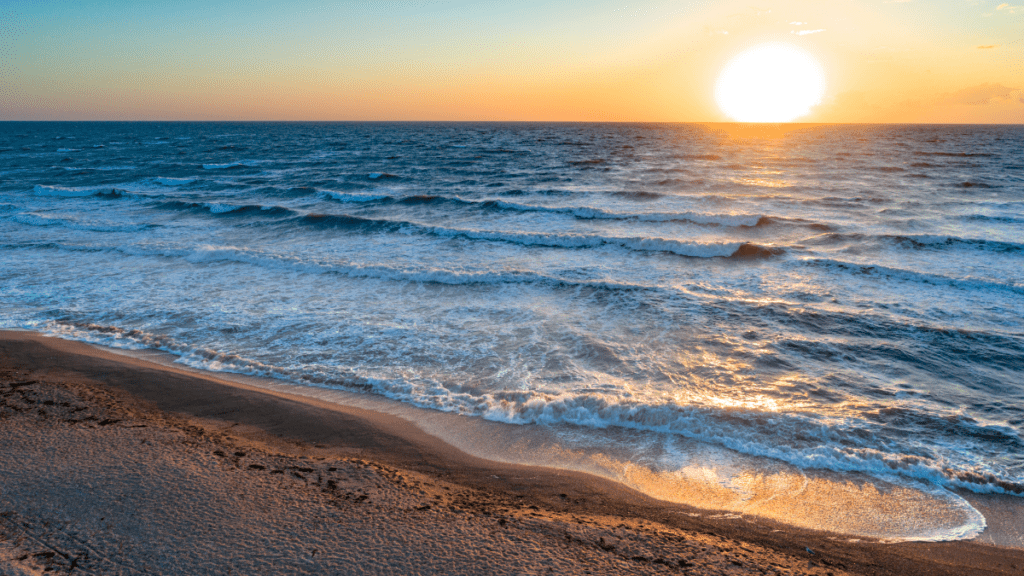
Researchers from the Department of Physics at IIT-Madras have developed critical components for a highly efficient, cost-effective way to electrolyze seawater to generate hydrogen. The results were published in the journal ACS Applied Energy Materials. State-of-the-art alkaline water electrolyzer technology is energy-intensive, requires an expensive oxide-polymer separator, and uses fresh water for electrolysis.
The IIT-Madras team led by Dr. Ramaprabhu Sundara has addressed each of these challenges by developing simple, scalable and cost-effective alternatives that are highly efficient in splitting seawater and generating hydrogen.
In place of pure or fresh water, the team has developed an electrolyzer using alkaline seawater. They used a carbon-based support material for the electrodes instead of metals to almost eliminate the possibility of corrosion. They also designed and developed transition metal-based catalysts that can catalyze both oxygen and hydrogen evolution reactions. The catalyst enhances the production of both hydrogen and oxygen even when impurities and chemical deposition on one of the electrodes takes place. Also, the researchers have developed a cellulose-based separator that is very economical and serves the purpose of allowing hydroxide ions to pass through but prevents oxygen and hydrogen that are generated from crossing-over. Finally, the researchers have optimized all the parameters such that the water electrolyzer can directly use photovoltaic-derived voltage to split seawater and generate green hydrogen and oxygen, oxygen can be used elsewhere.
The reactions
Alkaline water electrolyzer consists of two half-reactions occurring at the anode and cathode. At the cathode, water dissociates into H and hydroxide ions, and the H ions get converted into hydrogen. The hydroxide ions produced at the cathode permeate through the separator and oxygen is generated at the anode.
When seawater is used for electrolysis, hypochlorite formation occurs at the anode…





